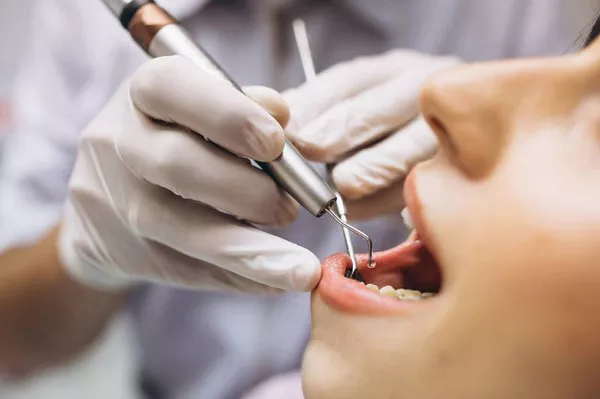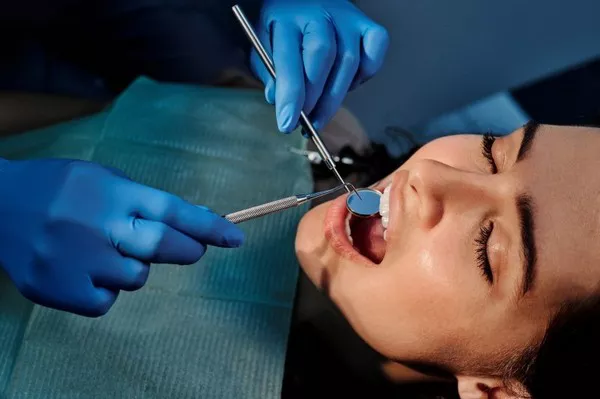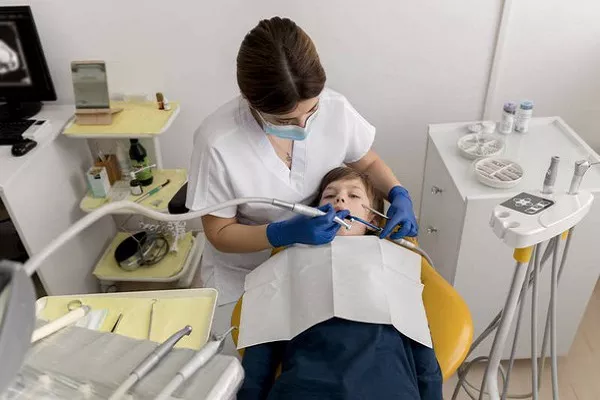The aftermath of a root canal filling can bring about questions regarding post-treatment care, particularly when it comes to eating. Understanding the guidelines for nourishment after a root canal is crucial for a smooth recovery. In this comprehensive guide, we explore the considerations surrounding post-root canal eating, providing insights into when and what to eat to promote healing and minimize discomfort.
Understanding Root Canal Treatment:
Purpose of Root Canal Treatment:
Root canal treatment is a dental procedure aimed at saving a severely infected or damaged tooth.
The process involves removing infected pulp, cleaning the root canals, and sealing the space to prevent further infection.
Local Anesthesia and Numbing:
Similar to other dental procedures, root canal treatment often involves local anesthesia to numb the treatment area.
The numbing effect helps ensure a pain-free experience during the procedure.
Immediate Post-Root Canal Eating Guidelines:
Waiting for Numbing to Subside:
After a root canal, it’s advisable to wait for the numbing effect to subside before attempting to eat.
This minimizes the risk of accidentally biting the cheek or tongue due to reduced sensation.
Soft and Cold Foods:
In the immediate aftermath of a root canal, sticking to soft and cold foods is recommended.
Soft foods, such as yogurt, pudding, and mashed potatoes, are gentle on the treated tooth, reducing the risk of irritation.
Navigating the First 24 Hours:
Avoiding Chewy or Hard Foods:
Chewy or hard foods can exert pressure on the treated tooth and surrounding area, potentially causing discomfort.
Opting for softer alternatives during the first 24 hours supports a more comfortable recovery.
Temperature Considerations:
Extreme temperatures, both hot and cold, should be avoided in the initial period after a root canal.
Lukewarm or room temperature foods help prevent sensitivity and irritation.
Progressing to Regular Eating:
Gradual Transition to Normal Diet:
As the initial post-root canal period passes and any discomfort subsides, a gradual transition to a normal diet is recommended.
Introducing a variety of foods ensures a balanced and nourishing recovery.
Chewing on the Opposite Side:
When resuming regular eating, chewing on the opposite side of the treated tooth can help minimize pressure on the restoration site.
This precautionary measure supports a smoother transition to normal eating habits.
Foods to Include in Post-Root Canal Diet:
Soft Proteins:
Incorporating soft proteins like scrambled eggs, fish, and tofu provides essential nutrients without taxing the treated tooth.
Cooked Vegetables:
Cooked vegetables, such as steamed or boiled options, are gentle on the teeth and contribute to a well-rounded diet.
Dairy Products:
Dairy products, including yogurt and soft cheeses, are excellent sources of calcium and can be part of a post-root canal diet.
Avoiding Certain Foods:
Sticky or Crunchy Foods:
Sticky or crunchy foods, like caramel or hard nuts, should be avoided to prevent damage or discomfort to the treated tooth.
Highly Acidic Foods:
Highly acidic foods and beverages, such as citrus fruits and sodas, can contribute to sensitivity and should be limited.
Hydration and Oral Care:
Staying Hydrated:
Adequate hydration supports overall healing and oral health.
Drinking water and avoiding sugary or acidic beverages contribute to a favorable recovery environment.
Gentle Oral Hygiene Practices:
Adopting gentle oral hygiene practices, including careful brushing and flossing, helps maintain cleanliness without causing irritation to the treated area.
Post-Root Canal Discomfort:
Normal Discomfort vs. Concerning Pain:
It’s common to experience some discomfort after a root canal, which can be managed with over-the-counter pain relievers as recommended by the dentist.
Any severe or worsening pain should be promptly reported to the dentist for evaluation.
Follow-up Appoi@ntments:
Attending scheduled follow-up appointments with the dentist is crucial for monitoring the healing process and addressing any concerns.
Conclusion:
In conclusion, the journey to eating after a root canal filling involves a gradual and thoughtful approach to support healing and minimize discomfort. Adhering to immediate post-treatment guidelines, including waiting for numbness to subside and focusing on soft, cold foods, sets the stage for a smoother recovery. As the initial discomfort diminishes, transitioning to a normal diet with a focus on balanced nutrition becomes essential. Avoiding certain foods, staying hydrated, and practicing gentle oral hygiene contribute to a favorable post-root canal recovery. Understanding the nuances of post-treatment eating empowers individuals to navigate this period with confidence, ensuring optimal healing and long-term oral health.
How Long Do Glass Ionomer Fillings Last
How long do gum line fillings last?






























